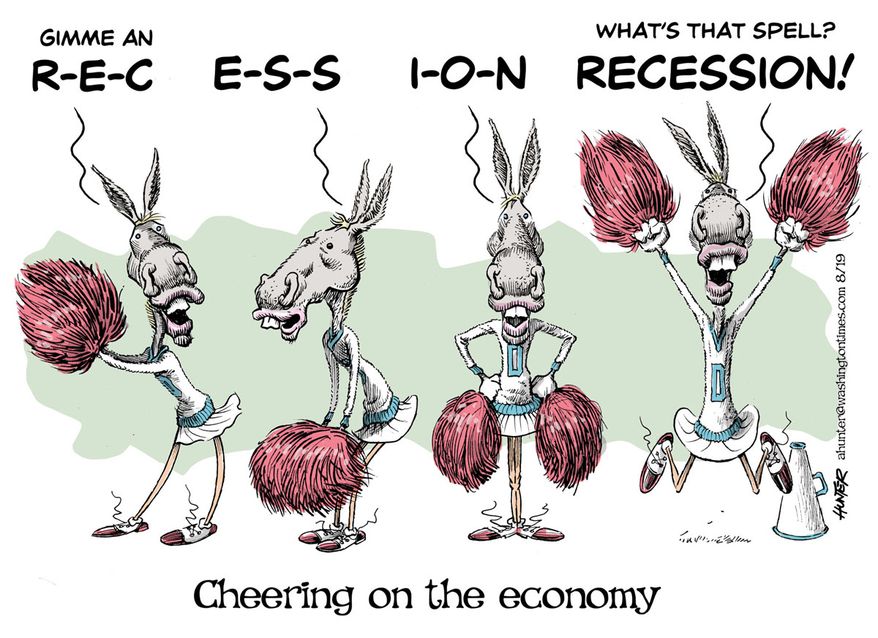
Many economists have tried to model the economic consequences of a pandemic. The CBO did a study in 2005 and 2006, modeling the impact of a 1918-sized flu pandemic on the economy. They found that a pandemic “could produce a short-run impact on the worldwide economy similar in depth and duration to that of an average postwar recession in the United States.” Specifically, a severe pandemic could reduce U.S. gross domestic product by about 4.5%, followed by a sharp rebound.
The CBO assumed, there would be demand-side effects, with an 80% decline in the arts and entertainment industries and a 67% decline in transportation. Retail and manufacturing would drop 10%. The U.S. wasn’t prepared for a flu pandemic then, the CBO said, and it isn’t now.
“If a pandemic were to occur in the near term, the options for the United States would be limited to attempts to control the spread of the virus and judicious use of limited medical facilities, personnel, and supplies,” the bipartisan agency concluded. “In the longer term, more tools are potentially available, including an increased treatment capacity, greater use of vaccines and antiviral drug stockpiles, and possible advances in medical technology.”
Other simulations of the U.S. and non-U.S. economies have found similar economic impacts, although that research came at an earlier stage of globalization, when our economy was not quite so reliant on far-flung supply chains. Just a thought.
No comments:
Post a Comment